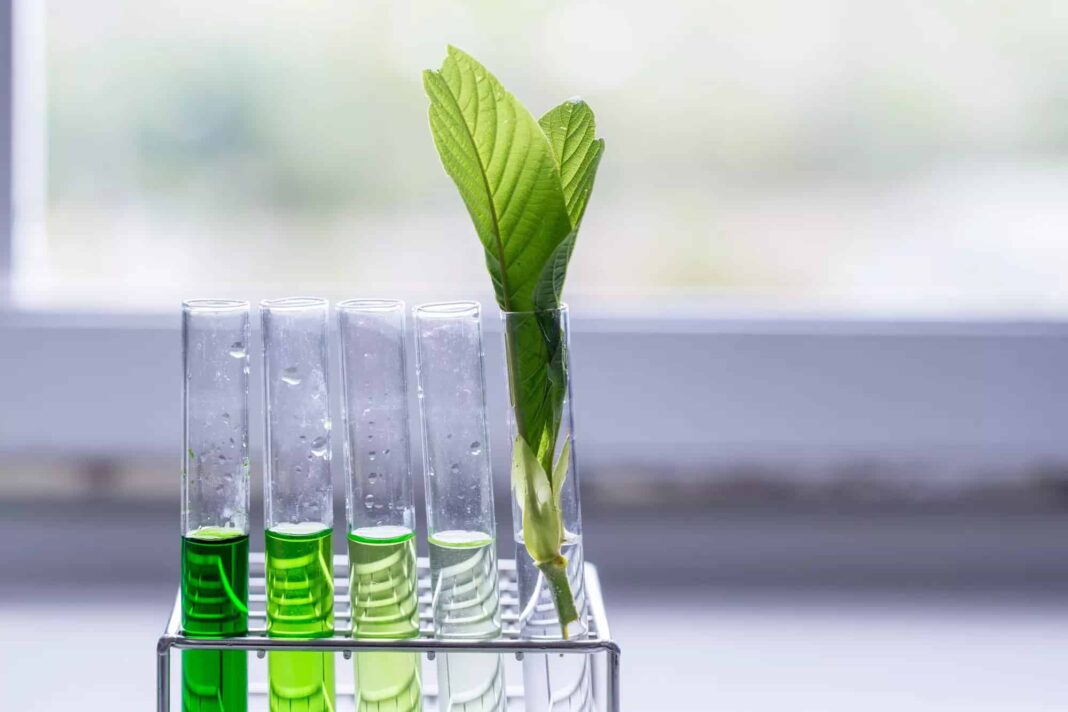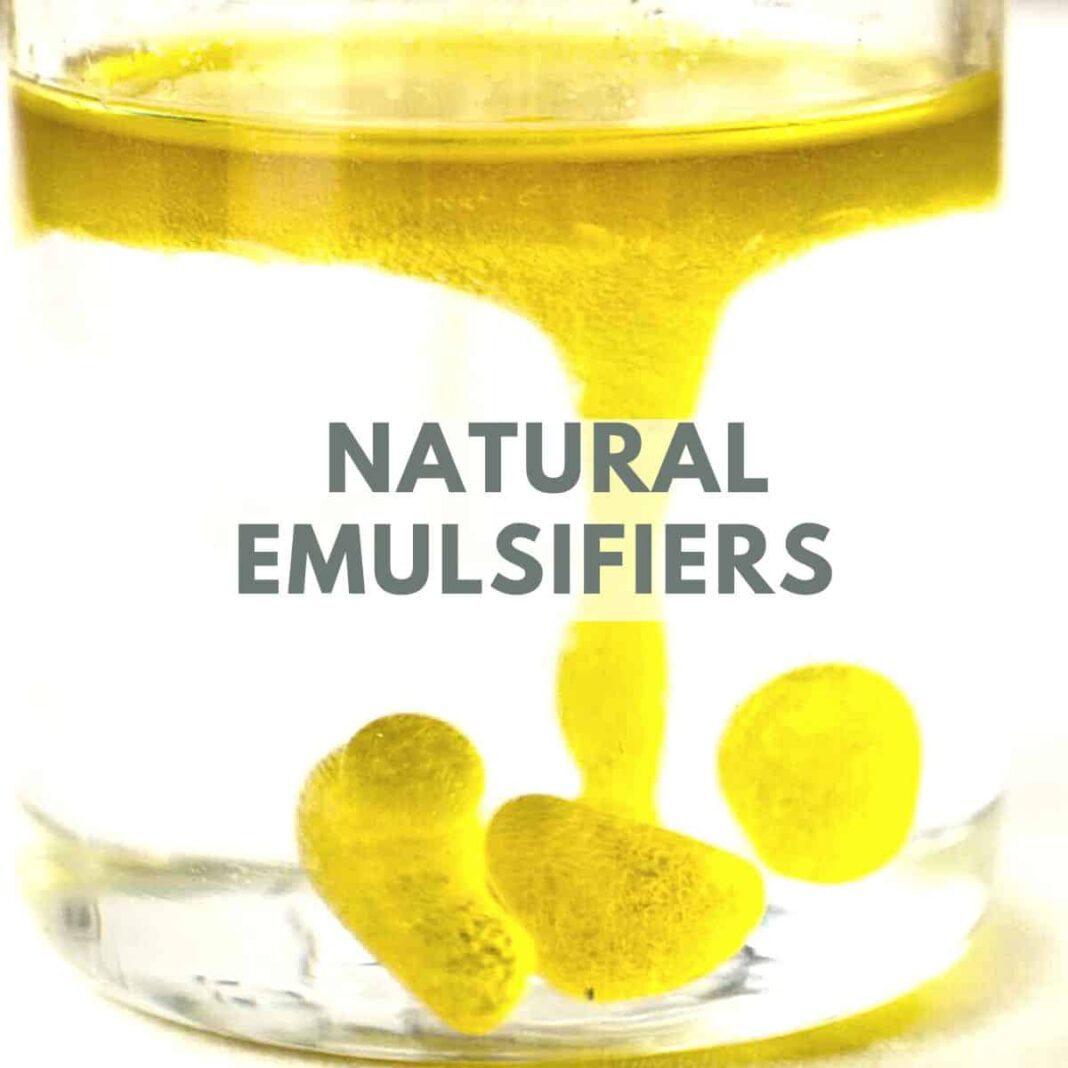So either none of their kratom is tested, and the customer is going to buy kratom that may have toxins in it – or a kratom shipment is tested in an aggregate form, which combines portions of all the kratom types contained in a shipment, which is a cheaper, and less safe, way to test.
Here’s what can happen and why it’s not good. A vendor typically receives a variety of kratom strains in every shipment from Southeast Asian growers. In each shipment there could be white Maeng Da, green Borneo, yellow Plantation, red Bentuangie, blended Aceh Good, and so forth. Maeng Da is a term that signifies connoisseur (expert, authority, specialist) quality kratom. Borneo is a region of origin. Plantation is how it was grown (on a farm with various cultivation methods), in contrast to wild jungle sources. Bentuangie typically refers to a region of wild, unfarmed growth. Aceh means a certain area of Indonesia. Red, green, and white refer to kratom vein colors. Yellow refers to a special fermentation and/or drying process.
When you jumble together a portion of all the batches, strains, and regional originations of the kratom in a shipment, to derive from that combined mixture a small testing sample, some batches may be pure, others may be contaminated. Mixing them all together is a way to dilute the contaminants in the test sample, to spread them out so to speak, so the kratom seems more pure than it really is. Or, more accurately, what happens is the contaminated strain is not being tested on its own. Instead it’s deliberately being mixed in with the uncontaminated strains, the contamination is diluted, and the test results will then show an acceptable, very low amount of contamination. This enables the vendor to keep the contaminated strain and sell it to customers, along with the uncontaminated strains.
Let’s say all the kratom is free from contaminants, except the white Maeng Da, which has a lot of mold and lead in it. When the shipment of kratom is packaged into the separate types and vein colors, customers who buy the white Maeng Da are going to get a contaminated product which could make them sick. This “take a sample from the entire shipment” form of kratom testing is what disreputable kratom vendors use.
They will tell you that they “test the kratom”, but they take the easy, less expensive wayout. We must be very clear here. You really have to test each and every strain of a shipment. You cannot just take a whole kratom shipment, get all the strains and mix them up, and then test a small sample of the whole smorgasbord of these strains mixed together. Martin says he’s had numerous times , where 9 strains were good and the 10th was bad. If he would have mixed the whole batch together it would have tested negative (free from contaminants). So if a kratom vender says they test their kratom, but does not specify the separate testing of each particular strain, the testing claim is null and void. In other words, if it’s not a separate test for every single kratom strain, it is not a acceptable result. Customers can ask to see the lab report on any kratom strain they’re interested in purchasing. By asking for documentation of the independent 3 rd party lab test for each strain, a customer is assured of obtaining kratom that is pure and safe.Leaf of Life Botanicals rejects this cheap version of kratom testing, which is detrimental to the customer, and to the entire kratom industry as a whole. Leaf of Life implements a more sophisticatedand trustworthy methodology.
Top 5 This Week
Related Posts
A easy illustrated guide on lab testing Kratom


